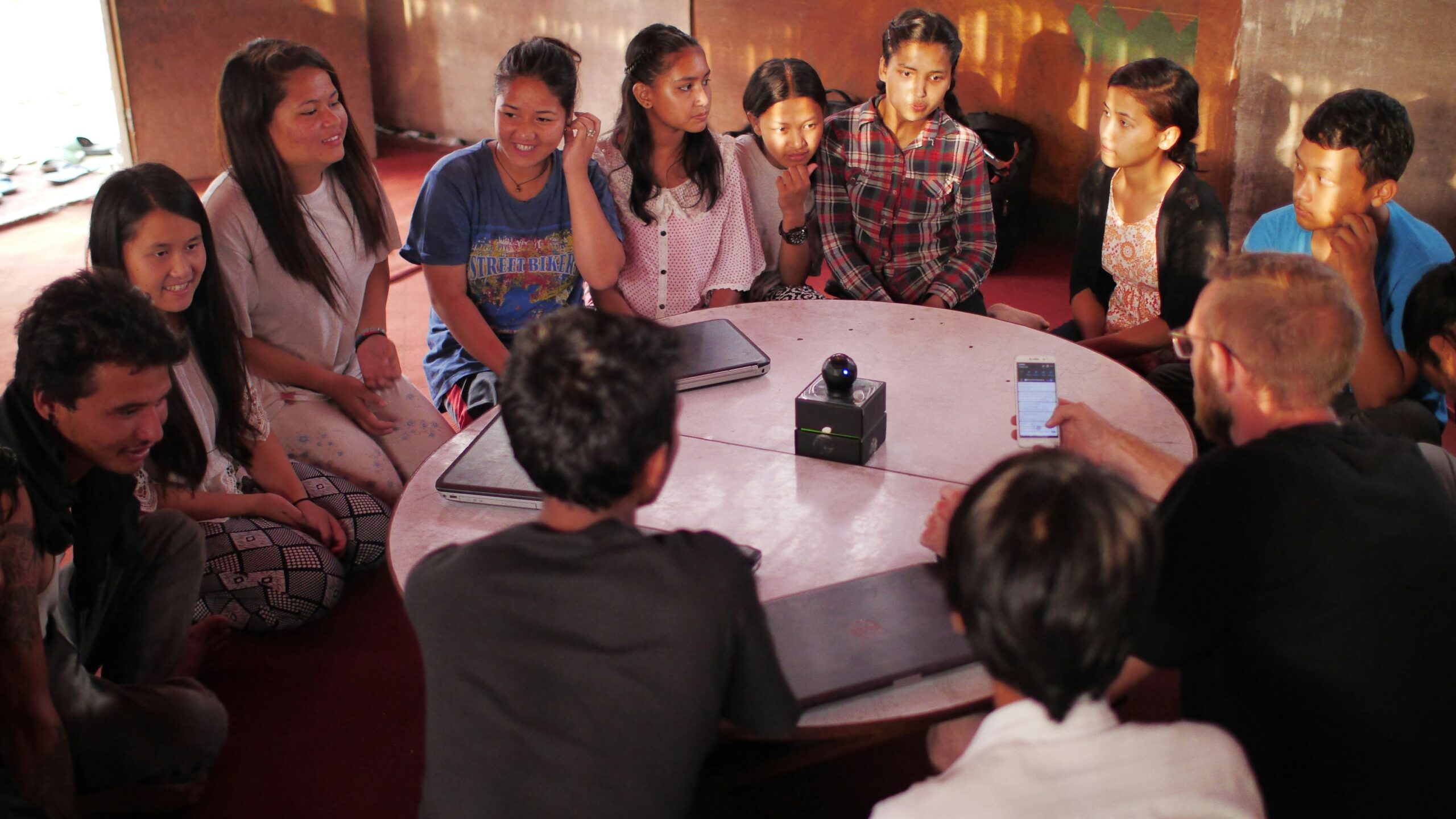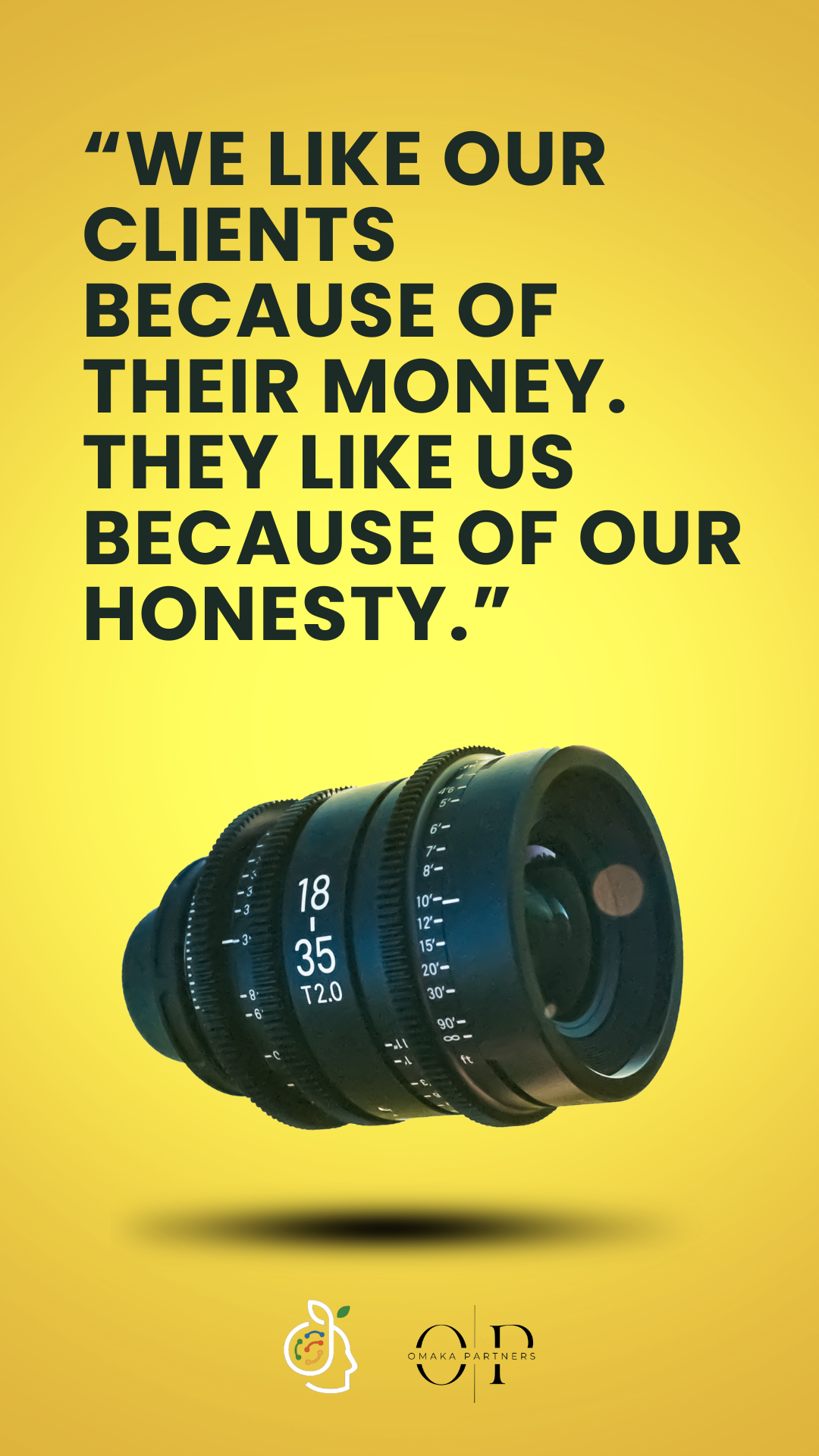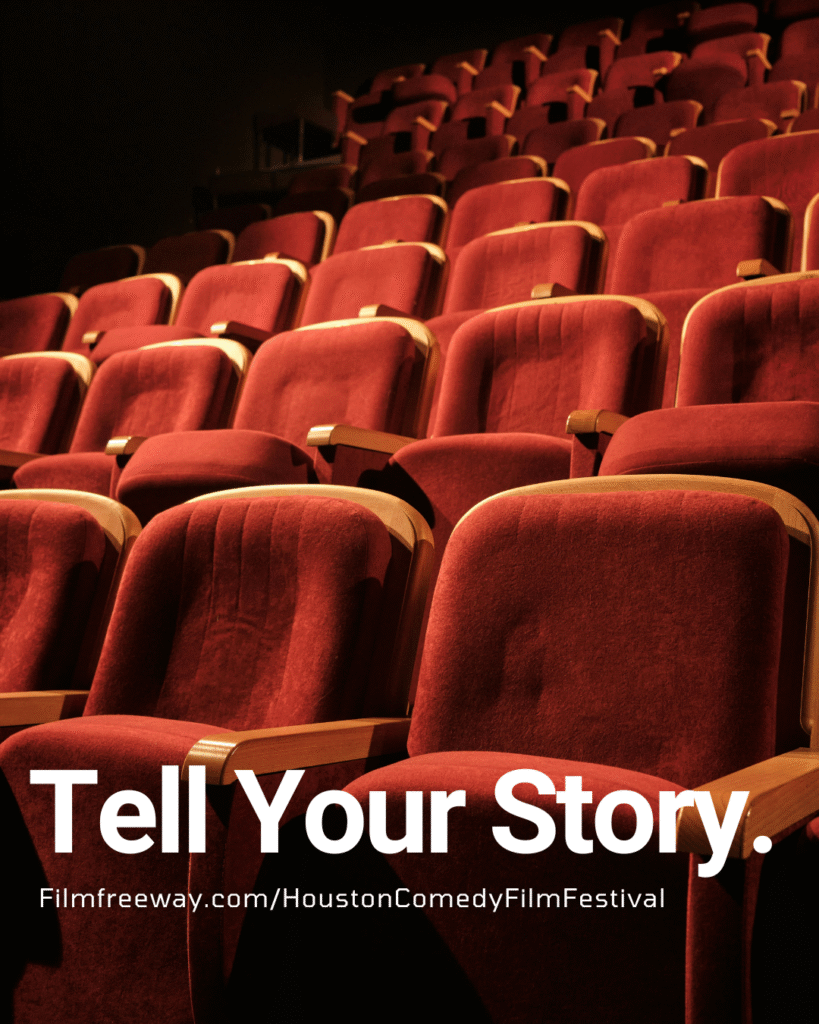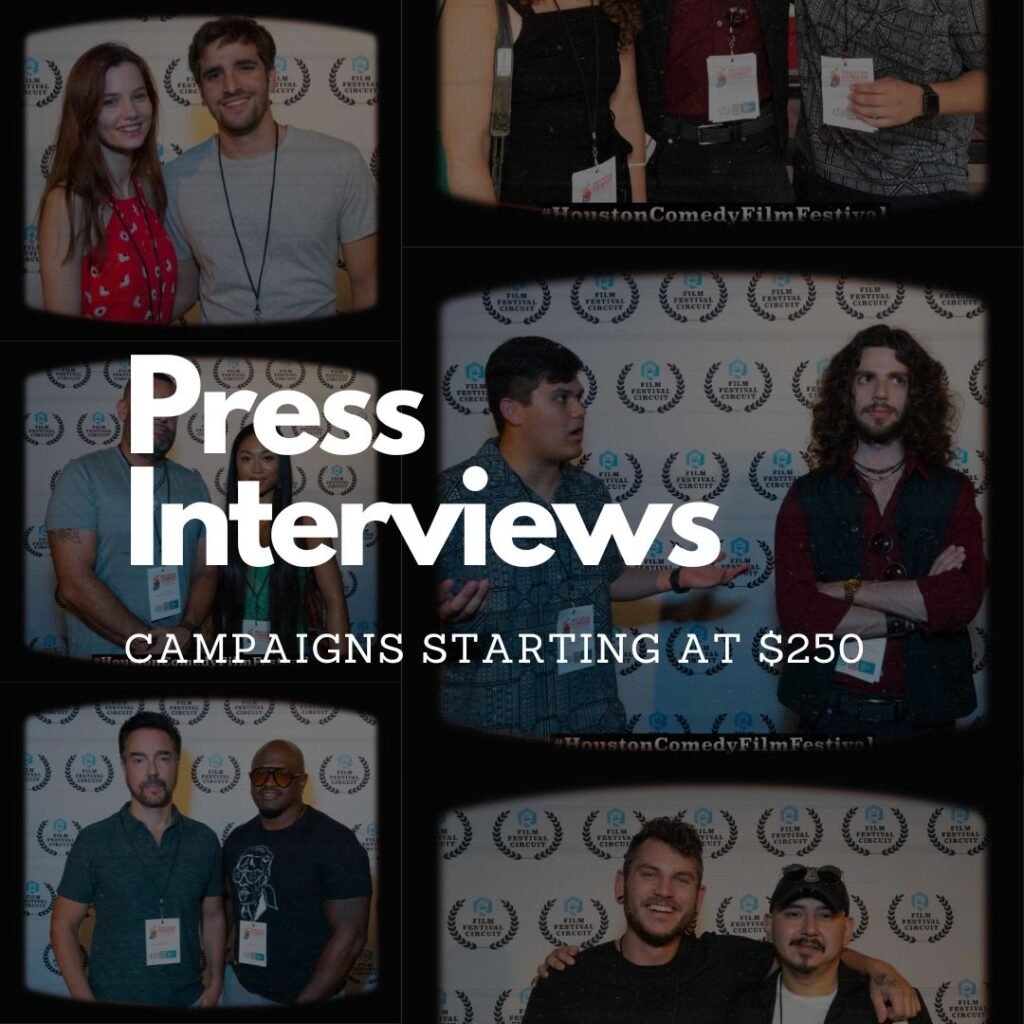Advice
How Community Engagement Ignites Cultural Phenomena
In the entertainment industry, community engagement is more than just an afterthought—it’s a dynamic force that amplifies storytelling and creates lasting fan connections. By cultivating spaces where fans can interact, speculate, and create, filmmakers and creators fuel a continuous conversation that extends the life of their work well beyond the screen. Here’s how strategic community engagement ignites passion, deepens loyalty, and fosters a vibrant fan ecosystem.

The Power of Official Forums
Official forums serve as dedicated hubs for fan interaction, giving audiences a place to gather, theorize, and discuss their favorite films, shows, and characters. By providing this centralized platform, creators can directly engage with their most loyal fans, encouraging deeper conversations and helping shape the ongoing discourse around their content.
Forums also offer a unique opportunity for creators to listen in on audience reactions, spot emerging trends, and adjust marketing or storytelling strategies accordingly. These spaces often become the birthplace of fan-driven initiatives, such as organizing watch parties or launching creative fan projects, further strengthening the sense of community.
Social Media as a Real-Time Engagement Tool
Social media is a powerful real-time engagement tool, allowing creators to interact instantly with fans during key moments. Live-tweeting during new episodes or film premieres creates a collective viewing experience, allowing fans from all over the world to share their immediate reactions. This sense of shared excitement builds buzz and encourages more people to join the conversation.
In addition, Ask-Me-Anything (AMA) sessions with creators, cast members, or key production figures give fans the chance to ask burning questions and gain behind-the-scenes insights. These events fuel ongoing speculation and can provide fresh material for fan theories, keeping the excitement alive between releases.
Showcasing fan art and fan creations on official channels is another effective way to encourage participation. Highlighting fan contributions not only rewards their creativity but also inspires others to contribute, strengthening the connection between fans and the story world.
The Immersive World of ARGs
Alternate Reality Games (ARGs) take fan engagement to the next level by blurring the lines between fiction and reality. These immersive experiences unfold across multiple platforms—websites, social media, real-world locations—creating an interactive narrative where fans must work together to solve puzzles or uncover hidden content. ARGs build an intense sense of camaraderie and community, as players unite to explore the story in ways that go far beyond the original narrative.
For instance, clues hidden in cryptic tweets, emails sent to fans, or real-world scavenger hunts all add to the mystique of the world, pulling fans deeper into the experience. ARGs often provide new layers of the story, revealing plot points or character details that aren’t covered in the main content, thus giving dedicated fans a richer, more nuanced view of the narrative.
Creating Exclusive Fan Experiences
For fans deeply invested in a story, exclusive experiences can be a major draw. Virtual set tours allow fans to go behind the scenes, giving them a peek into the filmmaking process and making them feel like insiders. This sense of inclusion fosters loyalty and excitement.
Character takeovers on social media—where a beloved character “controls” the account for a day—add an interactive layer of storytelling, giving fans a fresh perspective and a chance to engage directly with their favorite characters. Likewise, exclusive sneak peeks or early-access content for fans who’ve shown exceptional dedication can reward their loyalty and generate anticipation for future releases.
Leveraging User-Generated Content
User-generated content (UGC) is a powerful way to extend the life of any story. When fans create their own interpretations through fan fiction, fan art, or cosplay, it deepens their connection to the source material and keeps the narrative alive in the cultural conversation. Hosting fan fiction contests or cosplay competitions provides a structured way for creators to celebrate this creativity, while also amplifying it within the broader community.
By sharing intriguing fan theories or insightful fan-made analyses on official channels, creators can ignite even more discussion, helping to spread excitement and encourage others to contribute their ideas. This kind of participation fosters a sense of ownership among fans, making them feel like a true part of the world they love.
The Role of Community Managers
The community manager plays a vital role in nurturing this engagement. A skilled community manager acts as a bridge between fans and creators, guiding conversations to keep them productive and positive. They moderate discussions, handle fan concerns, and ensure that the space remains inclusive and welcoming.
In times of controversy or heated debates, community managers can diffuse tensions and address concerns, helping to maintain a healthy, thriving environment where fans feel heard and respected. By paying close attention to the mood and trends within the fanbase, community managers can also offer valuable feedback to the creators, helping shape future content decisions based on what resonates most with the audience.
Measuring Community Health
To gauge the success of these engagement efforts, creators must monitor key metrics that reflect the health of their community. Engagement levels—such as the number of comments, shares, and likes on social posts—offer a glimpse into how actively the audience is participating. However, it’s not just about quantity; sentiment analysis can reveal the overall tone of fan interactions, whether it’s excitement, frustration, or something else.
Tracking retention rates helps measure how long fans remain engaged after joining the community. A high retention rate suggests that fans feel invested over the long term, signaling deep, sustained engagement rather than fleeting interest.
Tapping into Collective Enthusiasm
By building and maintaining spaces for fan interaction, creators tap into a wellspring of collective enthusiasm and creativity. These community-driven initiatives not only enhance the audience’s immediate experience but also foster a lasting relationship with the work. In an era where social media, ARGs, and user-generated content amplify the impact of every story, engaging directly with fans can turn a single project into a cultural phenomenon that thrives long after the initial release.
In short, community engagement is no longer optional—it’s a crucial part of modern storytelling, fueling conversations and connections that can extend a project’s life indefinitely.
Advice
How AI Is Forcing Everyone Into the Entrepreneur Game

Remember when having an ordinary job felt safe? Those days are over. The arrival of artificial intelligence isn’t just automating tasks—it’s blowing up the very idea of job security and ushering in an era where adaptability and entrepreneurship aren’t optional, they’re survival skills. Welcome to the new game. Average is automated, and now, everyone needs to think—and act—like an entrepreneur.

AI Isn’t Coming—It’s Already Here (And It’s Taking Jobs)
It’s not sci-fi anymore. By 2025, AI and automation are expected to displace as many as 85 million jobs worldwide, from customer service roles to entry-level tech positions, with 13.7% of U.S. workers already reporting being replaced by robots or AI-driven systems. Young people are especially hard-hit: tech unemployment among 20- to 30-year-olds has jumped 3% this year alone in AI-exposed roles. And the impact isn’t slowing down. Analysts say up to 60% of jobs in advanced economies could see tasks automated in the near future, with 30% of workers fearing outright replacement.
Why Average Isn’t Enough Anymore
The old industrial world ran on “the bell curve”—reliably rewarding the middle. If you were competent, you were comfortable. But in the digital age, AI is programmed to do average things perfectly and instantly. Now, the top 10%—the specialists, the creators, the difference-makers—snap up 90% of the rewards, while the rest get left behind.

Enter: The Entrepreneur Game
Here’s the twist: being entrepreneurial isn’t just about starting a business. It’s about building a personal brand, mastering a specialty, and continually learning or creating something valuable that AI can’t easily duplicate. Tech isn’t killing opportunity—it’s changing what it looks like.
- 20 million Americans now expect to retrain for new, more creative or tech-forward careers in the next three years.
- The fastest-growing “jobs” are digital and entrepreneurial: creators, consultants, coaches, prompt engineers, content strategists, AI-human collaboration experts, and niche community builders.
- Nearly half of companies that adopted AI are now automating roles, but they’re also creating demand for new skills and products almost overnight—a perfect playground for entrepreneurial thinking.
Survival Guide: How to Play (and Win) the New Game
- Pick Your Niche: Get laser-specific. Being “good at business” is out. Being the best at “helping consultants automate YouTube marketing with AI tools” is in—and global.
- Build Digital Assets: Write, film, code, design, research—create things that can scale, sell, and build your brand, wherever you are.
- Stay Adaptable: Reskill, upskill, and don’t be afraid to jump into new industries. Today’s winners are the ones who can pivot quickly and ride the next wave, not cling to what worked last year.
- Own Your Audience: Whether it’s a newsletter following, a YouTube channel, or a private Slack group, your future depends on connecting with people who value what you do—AI can’t compete with real, human influence.

Bottom Line
AI didn’t just move the goalposts—it changed the field. Being “average” is now a risk, not a guarantee. The winners in this new economy aren’t waiting for work to come to them—they’re proactively creating, collaborating, and cashing in on the skills, products, and experiences AI can’t touch. The entrepreneur game isn’t just for founders anymore. Ready or not, it’s for everyone.
Advice
How to Make Your Indie Film Pay Off Without Losing Half to Distributors

Making an independent film is often a labor of love that can take years, countless hours, energy, and a significant financial investment. Yet, for many indie filmmakers, the hardest part is recouping that investment and making money once the film is finished. A common pitfall is losing a large portion of revenue—often half or more—to sales agents, distributors, and marketing expenses. However, with the right knowledge, strategy, and effort, indie filmmakers can maximize their film’s earnings without giving away so much control or profit.

Here is a comprehensive guide to keeping more of your film’s revenue and ensuring your film gets the audience and financial return it deserves.
Understanding the Distribution Landscape
Most indie filmmakers traditionally rely on sales agents and distributors to get their films to audiences. Sales agents typically take 15-20%, and distributors can take another 20-35%, easily cutting your revenue share by half right from the start. Additionally, marketing costs that may be deducted can range from a few thousand to upwards of $15,000, further eating into profits. The accounting is often opaque, making it difficult to know how much you truly earned.
Distributors nowadays tend to focus on worldwide rights deals and use aggregators to place films on streaming platforms like Amazon, Apple TV, and Tubi. These deals often do not fetch the best revenue for most indie filmmakers. Many distributors also do limited outreach, reaching only a small number of potential buyers, which can limit the sales opportunities for your film.
Becoming Your Own Sales Agent
One of the most important shifts indie filmmakers must make today is to become their own sales agents. Instead of relying entirely on intermediaries, you should learn the art and business of distribution:
- Research and build an extensive list of distributors worldwide. Top filmmakers have compiled lists of hundreds of distributors by country and genre. Going wide increases your chances of multiple revenue deals.
- Send personalized pitches to hundreds of distributors, showcasing your finished film, cast details (including social media following), genre, logline, and trailer. Ask if they want to see the full feature.
- Don’t settle for a single distributor or a big-name company that may not prioritize your film. Instead, aim for multiple minimum guarantees (MGs) from niche distributors in individual territories like Germany, Japan, and the UK.
- Maintain transparent communication and track every outreach effort carefully.

Pitching and Marketing Tips
When pitching your film:
- Highlight key genre elements and target audience since distributors are often risk-averse and look for specific film types.
- Include social media metrics or fanbase counts, which can make your film more attractive.
- Provide a strong one-minute trailer and a concise logline.
- Be prepared for rejections; even a 5% positive response rate is success.
Marketing is also crucial and can’t be left solely to distributors. Understanding and managing your marketing efforts—or at least closely overseeing budgets and strategies—ensures your film stands out and reaches viewers directly.
Self-Distribution and Hybrid Models
If traditional distribution offers no appealing deals, self-distribution can be a viable option:
- Platforms like Vimeo On Demand, Amazon Prime Direct, and YouTube allow you to upload, price, and market your film directly to audiences while retaining full creative and revenue control.
- Aggregators like Filmhub and Quiver help place self-distributed films on multiple streaming services, often for a reasonable fee or revenue share.
- The hybrid distribution model combines some traditional distribution deals with self-distribution, maximizing revenue streams, audience reach, and control over your film’s destiny.
Takeaway: Be Proactive and Entrepreneurial
The indie filmmaking world is now as much about entrepreneurship as artistry. Knowing distribution essentials, taking ownership of your sales process, and actively marketing your film are no longer optional—they are key for financial success.
By investing time in outreach, exploring multiple territories, securing minimum guarantees, and considering hybrid or self-distribution approaches, indie filmmakers can keep more of their earnings, increase their film’s audience, and avoid being sidelined by opaque deals and slim returns.
The days of handing your film over to a distributor and hoping for the best are gone. The winning formula today is to be your own sales agent, marketer, and advocate—empowered to make your indie film pay off.
Advice
How to Absorb Books 3x Faster in 7 Days

Reading is one of the most powerful skills you can develop — but most people read far slower than they could, spend time on information that doesn’t matter, and then forget what they read a week later. The Triforce Method changes that. It’s a three-part strategy that helps you increase your reading speed, focus on the most important details, and actually remember and use what you’ve learned.

Strategy 1: Increase Your Baseline Reading Speed
The first step is to read faster — but not by rushing. Instead, you’ll train your brain and eyes to process information more efficiently.
1. Remove Your Internal Monologue
Most people “hear” the words in their head when reading. This subvocalization caps your speed to that of normal speech — about 200–250 words per minute. To double your speed, you need to see the words, not hear them.

Think about a stop sign — you don’t sound out “STOP” in your head; you just recognize it instantly. You can train this with tools like Spreeder (free, not sponsored), which flashes text at higher speeds and groups words together. This forces your brain to process visually rather than subvocally.
With practice, this feels natural — the author of this method went from 250 wpm to over 500 wpm in just a short time.
2. Use a Visual Tracker
Your eyes aren’t naturally smooth when moving across text — small jerks and backtracking slow you down. Try this:
- Look at your screen and move your eyes from left to right. Notice the small jitters.
- Now put your finger or a pen in front of you and track it smoothly. Immediately, your motion is more consistent.
A tracker (your finger, a pen, or even a cursor) keeps your eyes moving forward, prevents regression, and lets you maintain speed. Over time, increase your tracking speed. This alone can add another 100+ words per minute to your pace.

Strategy 2: Have a Reading Strategy
Speed means nothing if you waste time on unimportant details. The second step is knowing when to read fast and when to slow down — especially for non-fiction.
The 80/20 Rule
In most non-fiction books, 80% of the value comes from 20% of the content. The rest is often filler, examples, or repetition.
For example, in Atomic Habits, the core lessons are surrounded by stories and case studies. Using the Triforce Method:
- Read most sections quickly (internal monologue removed, visual tracker engaged).
- When you hit a “golden nugget” of advice, slow down, think about it, and absorb it.
The key here: adapt your speed based on content. Reading 700 wpm during a key concept will reduce comprehension — so drop to 500 wpm or less when it matters.
Avoid “highlighting every sentence” syndrome. Focus on what really moves the needle.
Strategy 3: Summarise and Consolidate
Reading faster and smarter means nothing if you immediately forget what you’ve read. The third pillar of the Triforce Method is about retention and application.
Summarising
After each page, summarise it in 1–2 sentences in your own words. Even “nothing important happened here” counts. This habit forces your brain to engage with the material and improves comprehension.
Consolidating
Especially for non-fiction, you must take action on what you read. Learning is about changing behavior, not just collecting ideas.
Example: After reading about habit tracking in Atomic Habits, actually start tracking your habits that day — don’t just file the advice away for “someday.” The author of this method even paused reading for 24 hours to implement changes before continuing.
If you don’t change anything after reading, you haven’t truly learned.

When to Use This Method
- Learning-focused reading: Non-fiction, textbooks, technical guides, exam prep — anytime speed, focus, and retention matter.
- Enjoyment reading: Fiction, poetry, or literature may not require all these techniques — unless you want to increase speed intentionally.
The Bottom Line
The Triforce Method combines:
- Speed – Removing subvocalization + using a visual tracker.
- Strategy – Applying the 80/20 rule and adapting your pace.
- Retention – Summarising and acting on what you read.
With consistent practice, you can double your reading speed, focus only on what matters, and actually remember and use the information.
If you’d like, I can also make a condensed, visually appealing infographic summarizing the three strategies in the Triforce Method so it’s easier to refer back to.
Do you want me to prepare that next?

 Entertainment5 days ago
Entertainment5 days agoWicked Sequel Disappoints Fans: Audience Verdict on For Good

 Entertainment3 weeks ago
Entertainment3 weeks agoAfter Party: Festival Winner for Best Romantic Short

 News3 weeks ago
News3 weeks agoCamp Wackapoo – Rise of Glog Takes Center Stage

 News2 weeks ago
News2 weeks agoYolanda Adams Questions Traditional Views on God’s Gender, Audience Reacts

 Entertainment3 weeks ago
Entertainment3 weeks agoFrancisco Ramos Takes Top Mockumentary Award at Houston Comedy Film Festival

 Politics3 weeks ago
Politics3 weeks agoTrump’s $2,000 Tariff Dividend Plan: Who Gets Paid?

 Politics4 weeks ago
Politics4 weeks agoMamdani’s Victory Triggers Nationwide Concern Over New York’s Future

 Film Production3 weeks ago
Film Production3 weeks agoWhy China’s 2-Minute Micro Dramas Are Poised To Take Over The U.S.






































